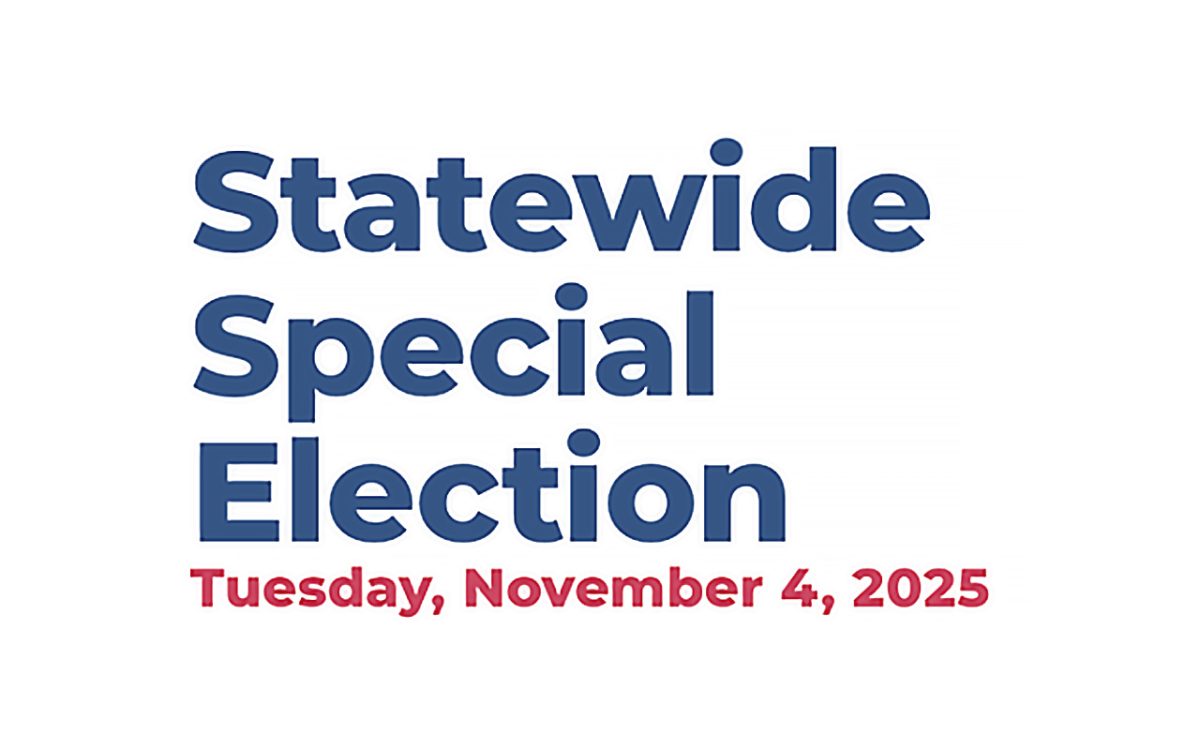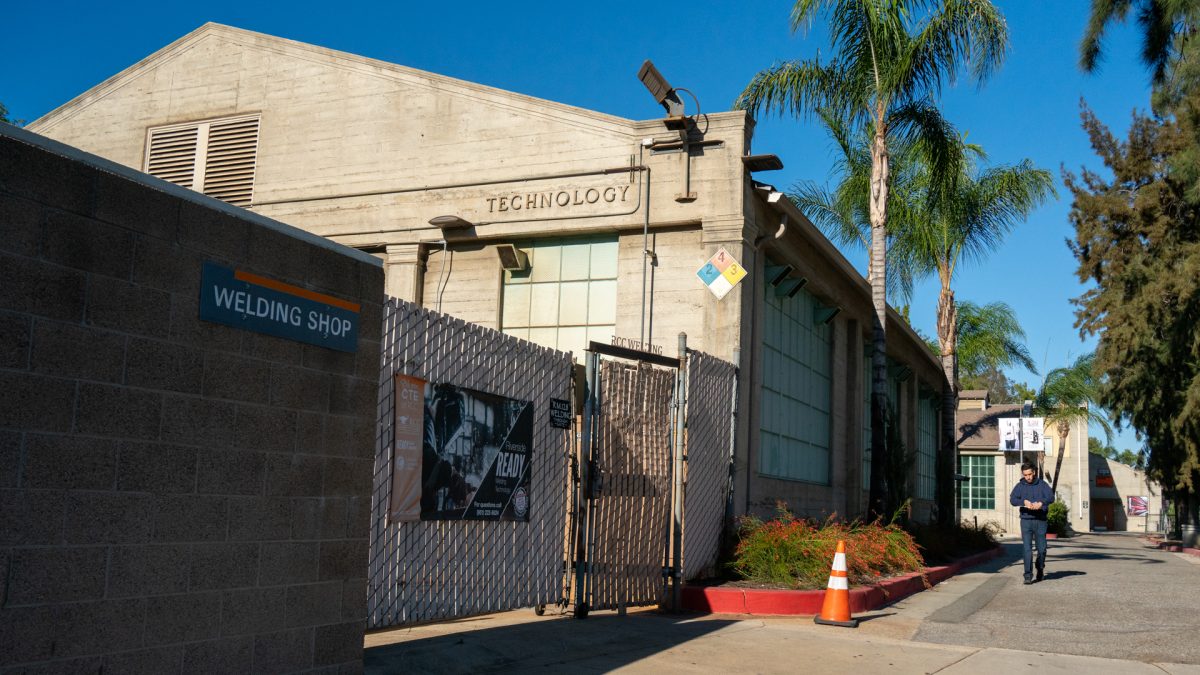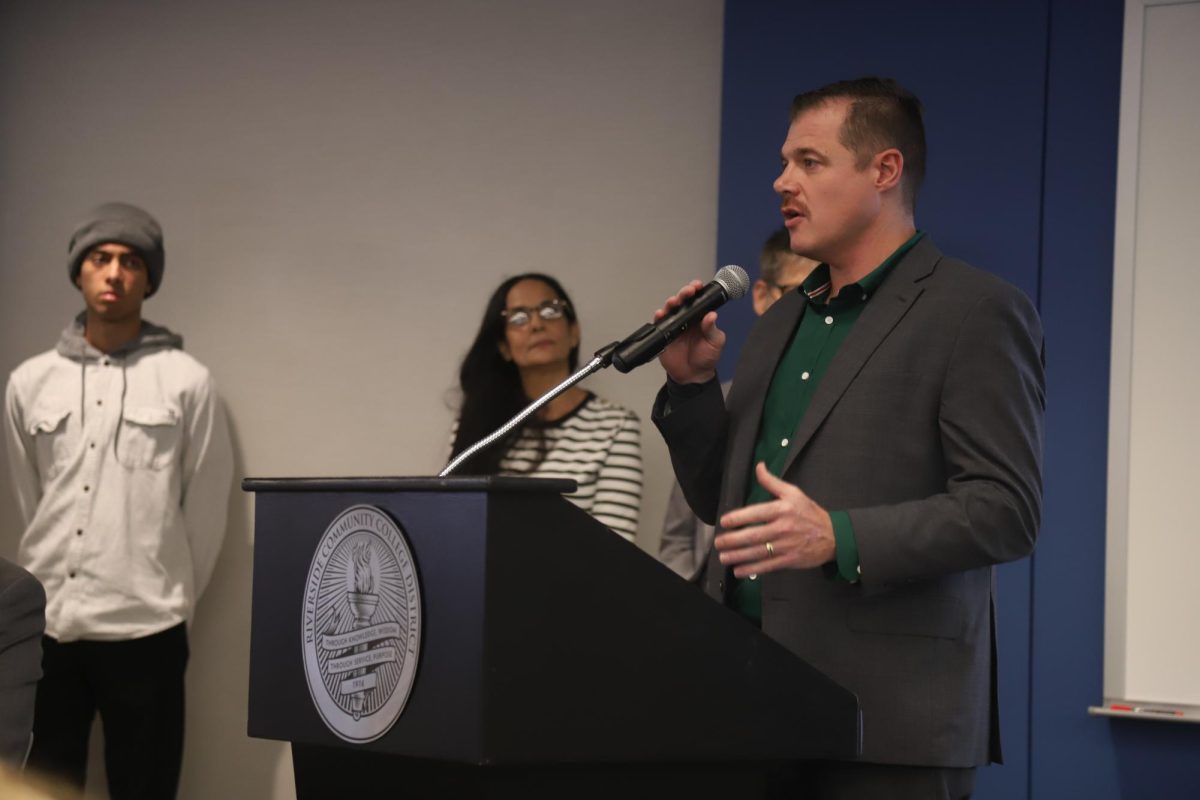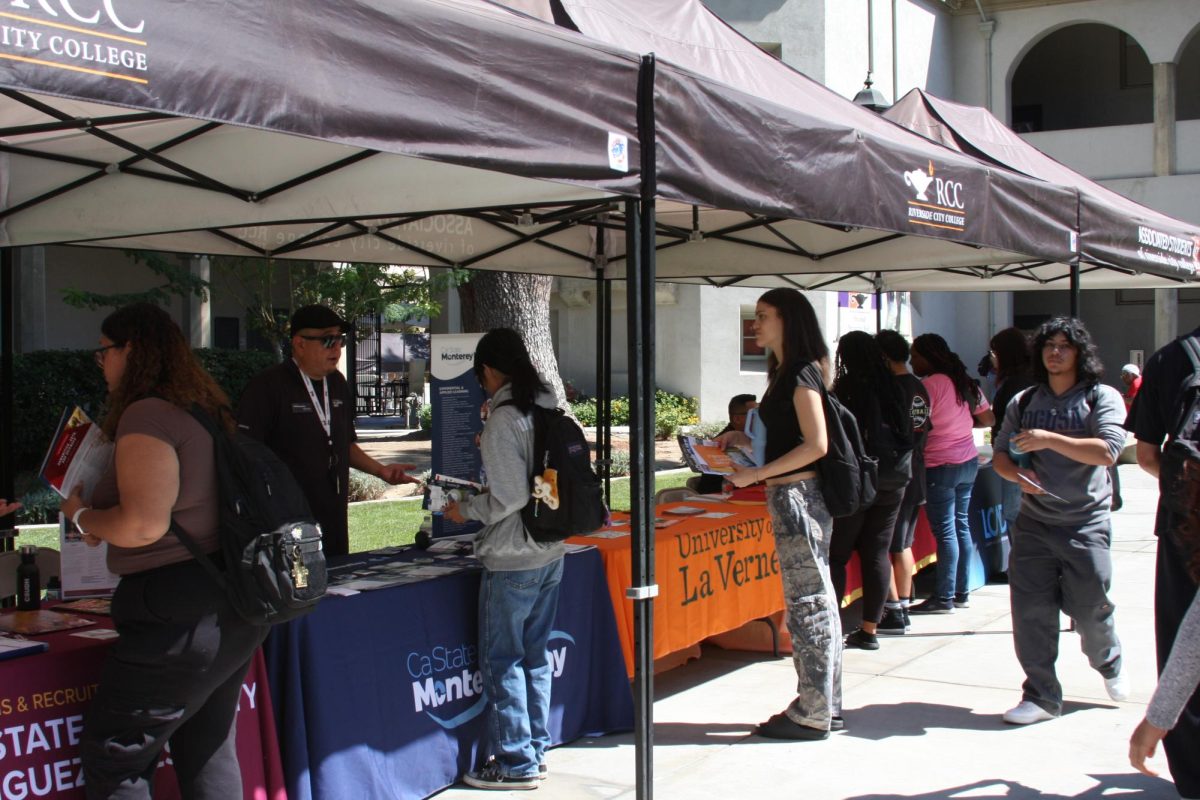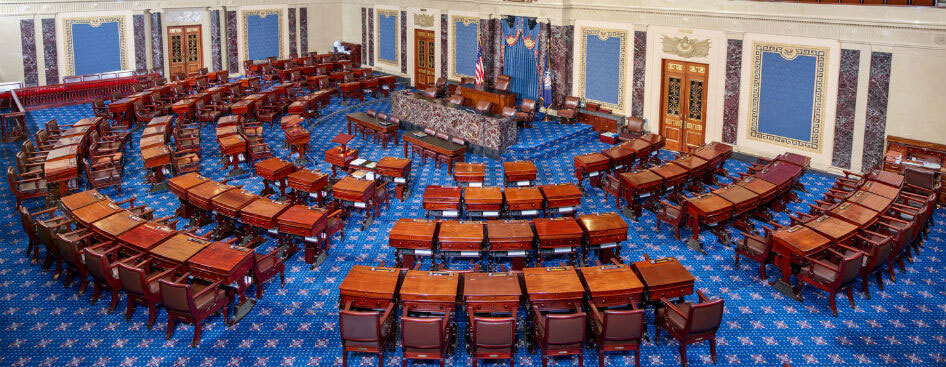Valerie Osier | Staff Writer
At almost any hour between 8 a.m. and 7 p.m., Monday through Thursday, students can see a line of people waiting outside the Writing and Reading Center in the Martin Luther King Building.
During their busiest hours, students may see that line stretching around the building.
Any student completing general education courses at Riverside City College has to deal with the Writing and Reading Center at some point.
Students enrolled in English, reading, or an English as a Second Language course should expect to set aside 70 minutes or 2.25 hours a week to spend in the Lab, depending on the length of their class.
Since the Writing Center has been in use, it has undergone several changes in the way students are able to utilize the center.
The lab had been previously run by letting any student enrolled in an English class go in for however long they wanted.
Students were staying for longer than one hour and the building would quickly fill to capacity.
This led to students having to wait in a long line outside the MLK building for upwards of three hours before being able to get in.
“Students used the lab in previous semesters as they saw fit,” said James Seals, Instructional Support Specialist at the Writing Center.
“Which meant they were staying here, they weren’t leaving, and because one student stays here for three hours, that’s a seat that could’ve gone to two other people, and that was creating a line of a hundred some-odd people deep that was lasting for three hours.”
In the current system, students make appointments for one hour a week over the Internet. If they miss their appointment and want to make up the hour, they must stand in the “Wild Card” line, also known as the walk-in line that allows 11 students in each hour. Students that wait in the Wild Card line aren’t always guaranteed a seat.
Students are allowed in in “batches” every hour.
The students who have appointments wait outside a few minutes before their scheduled time, and are allowed into their guaranteed seat.
Students with no appointment must wait in the Wild Card line and hope to be let in that hour.
According to Seals, the current model is similar to that of the previous semesters, with the exception that when a student’s hour is done, they must leave. “When your hour is done, you have to leave because you are part of a much bigger community than just you,” said Seals. “Other students need access to our lab, other students need access to our resources, to our tutors, to the instructors, and to the materials we have on hold, and if everyone is fighting for those resources at every hour of the day, you get a giant backed-up line. It’s not conducive to learning.”
Something that was causing many problems in previous semesters was the overcrowding in the lab and students monopolizing the resources.
This included instructors not being able to see all the students who needed assistance when they were in the lab because the instructor to student ratio was drastically disproportionate. “Number of seats is one thing, I have plenty of seats, what I need is fairness of students divvied up between the instructors,” said Seals. “And that’s why we put certain caps and limitations.”
The Writing Center is much more calm and conducive to learning now, according to Seals and instructors in the lab. “It is definitely much better; student access is much more fair,” said Denise Kruizenga-Muro, Lead Instructor of the WRC. “And I think that things are definitely better than last semester when we had the line stretching around the building.”
Last semester, the State Chancellor’s Office changed several of the guidelines for the Writing Center.
One of the new guidelines implemented was that students had to schedule their hours for a set time every week, according to Seals.
“We took the buffet model of previous semesters and we turned it into a train station,” said Seals.
“Everyone has a ticket to the show, everyone has a promised seat for 50 minutes a week. They schedule their appointments on mywrc.com, our hope is that we can have them schedule them on WebAdvisor when they’re scheduling for classes.”
Making students do one hour each week forces students to utilize the Lab every week and not put in their hours in huge chunks of hours at a time.
“It’s like you take a little bit of your medicine each day, or each week in this case,” he said. “The lab is supposed to be a supplement to classroom
instruction. So it’s not conducive to come in once a month and do four hours in one day. With the model of once a week, then you’re exercising what you’re learning in your class.”
The change in the system affects everyone working in the lab. Lab aides must sign in students and supervise the lines to see which students have
appointments. “They both (systems) have their flaws…There’s ups and there’s downs, but it’s a lot better than there being a long line of people wrapping around the corner,” said Tanner Summers, a WRC Lab aide.
A current problem the WRC faces is students not showing up for their appointment time, often leaving many seats empty for the entire hour with students waiting outside in the Wild Card line. This line can, at times, be seen reaching around the building, although not for as long a period of time as previous semesters.
“The system works when you show up for it. The problem is getting kids to show up for it,” said Mark Joneson, a WRC Lab aide.
Seals expressed the importance of students taking personal responsibility for showing up for their appointment times and getting their hours in, so students don’t have to worry about waiting in the Wild Card line.
“We provide every opportunity for students to succeed in this environment, given the new structures the State Chancellor’s office has given us, and we try to make it a fair and equitable time,” said Seals.
Not all students agree with the usefulness and equability of the Writing Center. “It’s not very (beneficial) because I can do my homework in the library instead, and since I’m not a procrastinator…it’s not really helpful,” said RCC student Daniel White.
The English department is still working to make the WRC a place where students can utilize it to its full potential.
“We are working to improve things to make it even better for winter and spring,” said Kruizenga-Muro.
The Writing Center is meant to be a supplement to what students learn in the classroom, it’s not meant be a hassle for students, according to Seals.
“It’s more about how to make the lab more conducive to student learning outcomes,” said Seals. “If we just process people and not care about what
they do in here, then we exist just to exist.”

